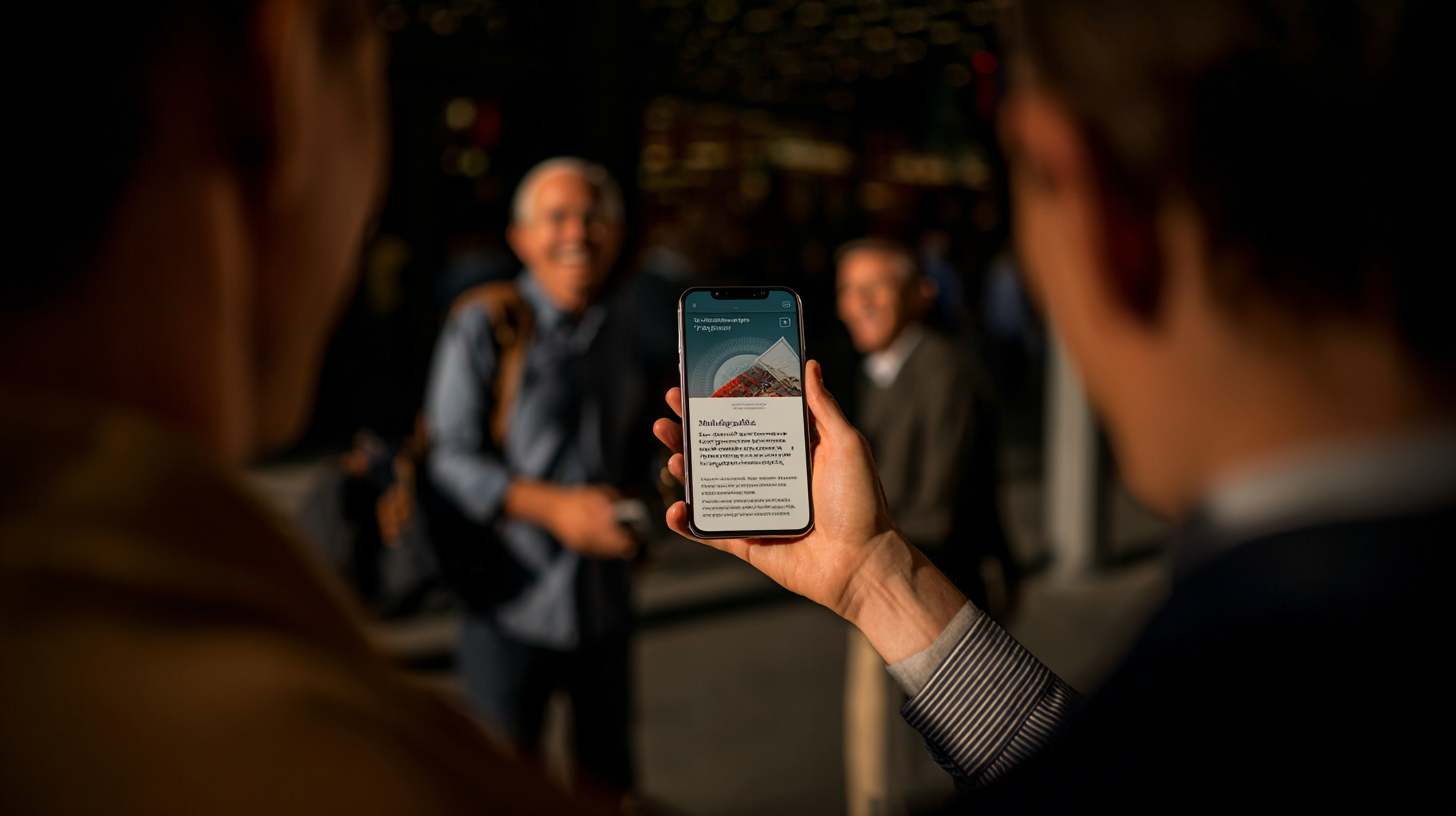Cross-Functional Collaboration in Content Design
Author
Debora BarbatoCross-functional collaboration isn't just a buzzword—it's the secret sauce that transforms good content design into exceptional user experiences. When content designers work hand-in-hand with their product teams, magic happens.
In the world of content design, working in silos is no longer an option. Successful content designers don't just craft microcopy in isolation—they partner with UX designers, user researchers, product managers, engineers, compliance, and support to build better products faster. After more than a decade in the field (including six years in finance), I've learned that collaboration is not a "nice-to-have" but a must-have capability for content teams. When content design is integrated across functions, it accelerates delivery and elevates clarity—two outcomes hiring managers care about most.
Collaboration turns content design into a team sport—where shared context, rapid feedback, and collective ownership create clarity and speed.

Debora Barbato
Senior Content DesignerWhy Cross-Functional Collaboration Matters
Cross-functional collaboration goes beyond basic cooperation. It means teams share a vision, respect each other's expertise, and understand each role's impact on the outcome. When done well, collaboration removes the friction that causes rework, missed edge cases, and late-stage "copy scrambles." The result is a tighter product loop: research informs content early; content shapes design; design aligns with engineering; engineering validates feasibility; and everyone ships with confidence.
A few reasons hiring managers should care:
- Speed: Early content involvement prevents late changes that cascade into delays. Clear copy and taxonomy decisions up front save days or weeks later.
- Quality: Many eyes catch inconsistencies—terminology, tone, intent—and reduce defects before they reach users.
- Focus: Shared goals keep teams aligned on outcomes, not outputs. Less thrash; more progress.
- Trust: Transparency and frequent touchpoints reduce uncertainty for stakeholders and increase accountability across disciplines.
Collaboration in Action: Lessons from JPMorgan Chase, Yahoo, and AllTrails
JPMorgan Chase — Regulated complexity, faster delivery
At J.P. Morgan Chase, a high‑stakes, highly regulated environment, we embedded content design directly into product squads. I partnered with our Design System, product, research, engineering, and legal teams to prototype content early and validate language alongside flows. We moved content from "final polish" to "first‑class input." That shift helped us accelerate average content delivery from ~5 days to ~3 for common changes, because approvals happened in parallel, not in sequence. The same cross‑functional approach underpinned larger initiatives (like support IA improvements) that reduced support burden and improved self‑service.
Yahoo — AI experiences that are clear and safe
At Yahoo, I was embedded with engineers and data scientists building AI‑assisted experiences. We worked as a single team—training models, reviewing prompts, and co‑designing microcopy that explained system behavior (what the AI could/couldn't do, how to fix issues, what happens next). Tight loops with policy and moderation reduced risk, while working shoulder‑to‑shoulder with engineers cut user confusion by ~40% in critical moments. The takeaway: in emerging tech, content, engineering, and policy must co‑own clarity and safety.
AllTrails — Shipping quality with feedback loops
On the consumer side at AllTrails, we created rapid feedback loops between content, QA, and engineering. If content friction was spotted during testing (ambiguous labels, unclear error states), it became an engineering ticket that we resolved together rather than "just a copy fix." Those loops improved first‑pass resolution rates to ~95% on content‑related issues and reduced cognitive load by ~40% in problem areas by clarifying hierarchy, labels, and instructions.
Across finance, AI, and consumer apps, the pattern is the same: put content in the room early, wire collaboration into the process, and outcomes compound.
Collaboration as a Strategic Asset in Complex Industries
In regulated domains (banking, healthcare, insurance), cross‑functional collaboration is not just efficient—it's risk management. Content designers align with legal/compliance early to choose wording that is both human and compliant, avoiding weeks of rework later. Similarly, in AI and other fast‑moving contexts, partnering with researchers, ethicists, and engineers ensures transparency and safety are built into the UX—not bolted on at the end.
Treat collaboration as a strategic system, not an ad hoc behavior:
- Make roles and decision rights explicit (who approves what, when).
- Build shared libraries (terms, tone, patterns) so teams speak the same language.
- Schedule regular joint reviews (design + content + engineering) to surface issues early.
- Close the loop with support/analytics so learning flows back into design and content.
Research-Backed Benefits (Speed & Impact)
While every organization is different, cross‑functional models consistently show advantages that matter to hiring managers:
- Time‑to‑launch: Integrated teams ship faster because content and design decisions are validated earlier and handoffs shrink.
- Defect reduction: Cross‑disciplinary reviews catch issues earlier, reducing expensive late‑stage rework and production defects.
- Innovation: Diverse viewpoints generate more creative solutions than single‑discipline teams; content often surfaces user intent and terminology that unlock better flows.
- Team performance: Collaboration increases clarity and ownership, which correlates with higher satisfaction and lower burnout, improving retention and velocity.
(If you track only three metrics, track cycle time, defect rate, and support/contact drivers before/after adopting a collaborative model.)
Operating System: How to Build a Collaborative Content Practice
1) Embed content from kick‑off
Invite content designers to discovery, research, and design sprints. Replace lorem ipsum with real words in prototypes. Decisions on IA, labels, guardrails, and error states belong upstream.
2) Create shared artifacts
Maintain a living content style guide, voice & tone guidance, and a terms/glossary that engineering and design co‑own. Add a "content checklist" to design and dev PRDs.
3) Run joint reviews
Replace siloed sign‑offs with co‑reviews (design + content + eng + research + compliance when needed). Keep them short and frequent. Capture decisions in the tracker, not in DMs.
4) Wire measurement into the work
Define success early (e.g., time‑to‑ship, task success, reductions in calls/tickets). Use analytics and support logs to feed continuous content improvements.
5) Pair and rotate
Use pair‑writing, content crits, and short rotations so designers, writers, and engineers understand each other's constraints. Knowledge spreads; bus factors drop.
6) Make it official
Codify expectations in role descriptions and rituals (e.g., content representation in every kickoff; content sign‑off on UI strings and empty/error states; monthly cross‑functional retro).
What Hiring Managers Should Look For
- Evidence of early involvement: Candidates who can show how content shaped scope, IA, and UX—before high‑fidelity screens existed.
- Fluency across disciplines: Writers who speak design and engineering, not only words. (e.g., can reference constraints, edge cases, and testing methods.)
- Measurable impact: Examples that tie collaboration to speed (cycle time, on‑time delivery) and quality (task success, fewer tickets, improved NPS/CSAT).
- Systems thinking: Experience building reusable content systems, not just one‑off copy changes.
- Stakeholder stewardship: Ability to navigate compliance, legal, and exec reviews without losing clarity or velocity.
Closing
Cross‑functional collaboration is the difference between shipping words and shipping outcomes. When content design is embedded with design, research, product, engineering, and compliance from day one, teams move faster, reduce risk, and deliver experiences that feel coherent and trusted. For hiring managers, investing in this model isn't a soft skill bet—it's an operational advantage that compounds with every release.
If you want speed and quality, get content in the room early, keep it there, and make collaboration the default.


